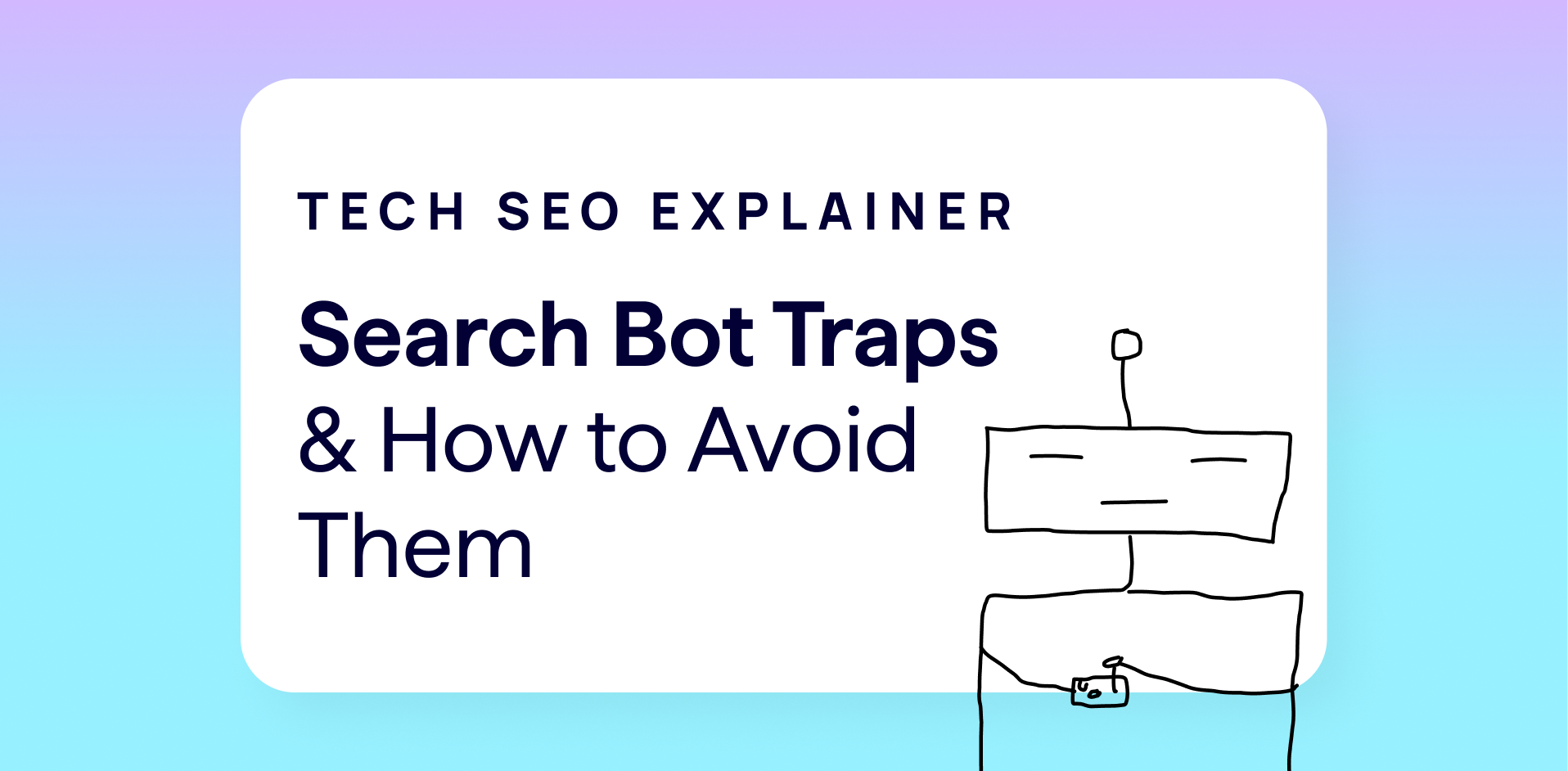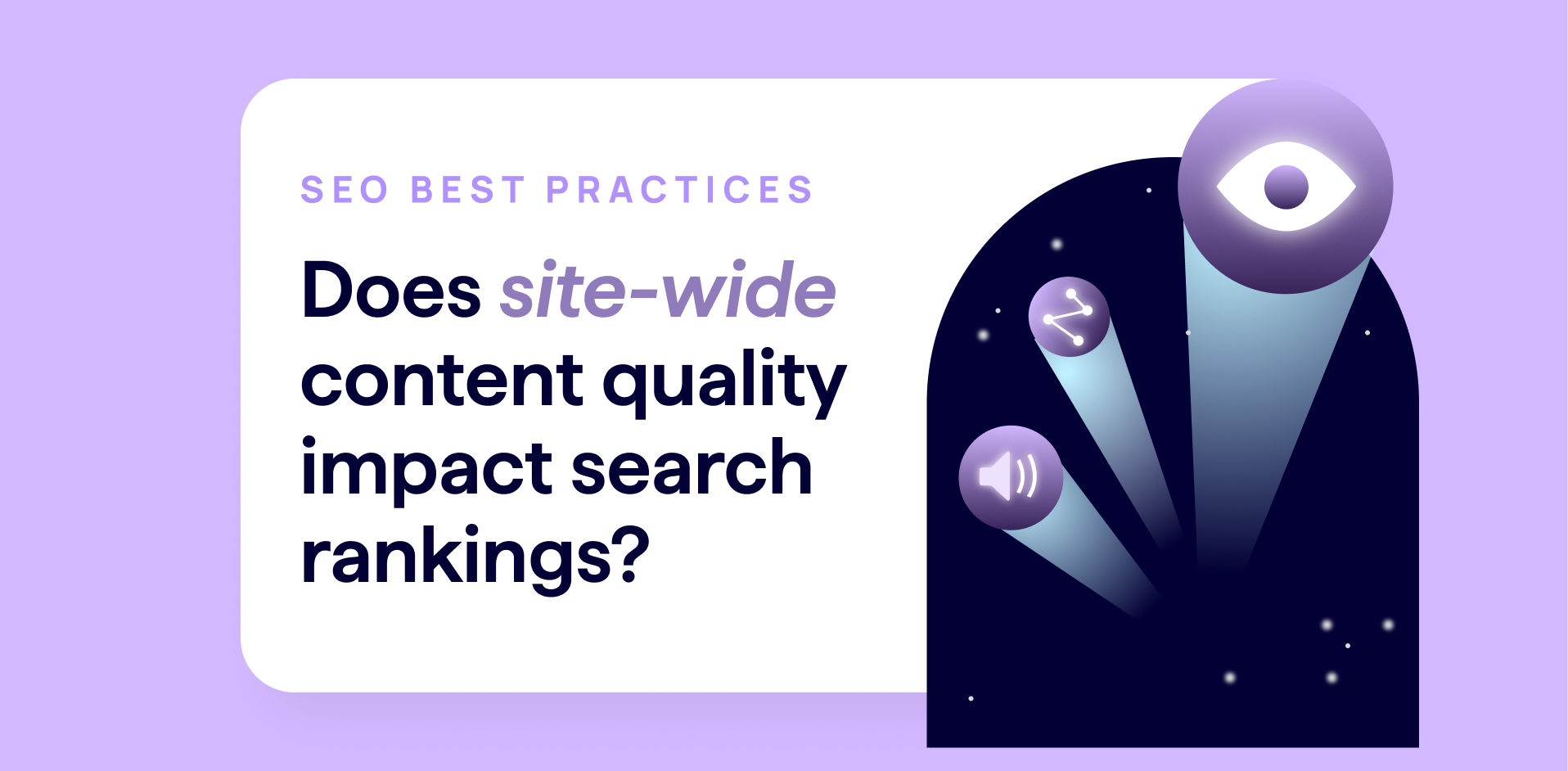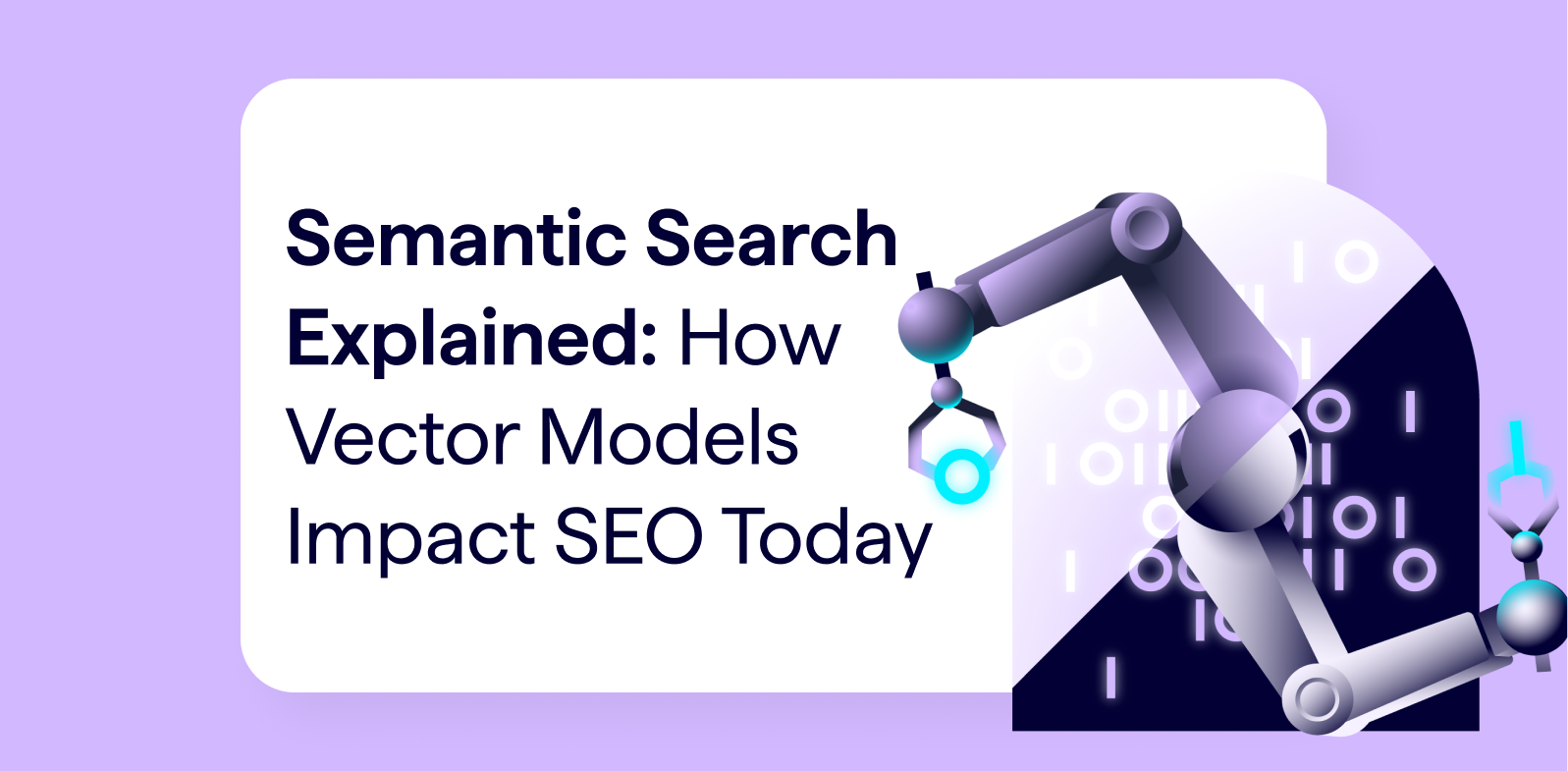Today’s business owner needs to be more SEO savvy and knowledgeable than ever.
In a recent Huffington Post article, Alan Bleiweiss, a forensic SEO auditor, consultant, and speaker notes the increasing importance, stating that we should:
“Invest more time in learning more advanced SEO knowledge, especially as it relates to mobile considerations, or do a better job of properly vetting the outside solution provider {you} intend to work with.”
Businesses can no longer afford to take the risk of not being on top of their SEO. With Google’s various updates over the past few years, and the introduction of semantic search, it’s more important than ever.
What is Semantic Search?

Semantic search is an SEO system designed to improve the accuracy of a search by understanding the intention of the person conducting the search, as well as the context in which the terms are used. This allows searchers to input longer, more detailed, keyword phrases and questions in order to more accurately direct the search.
The system helps search engines better understand search queries, intent, and context to clarify the search. By connecting the searcher to the search itself, the results become more relevant and useful.
Google’s Transition to Semantic Search
There have been several Google updates over the past few years that have taken search engine protocol in a new direction, essentially moving toward semantic search. These updates are:
- Panda – 2011
- Penguin – 2014
- Hummingbird – 2013
- Pigeon – 2014
Panda
The Panda update set the move toward semantic search in motion. It changed content strategy, keyword research, the way links are constructed, and targeting. Search ranking focus began to move from keywords to quality. While keywords will always be relevant, this update edged out poor quality material like thin, insubstantial, keyword stuffed content only created for ranking purposes.
With Panda, content creators are required to provide value to their readers, and solve specific problems, in order to rank well.
Penguin
Penguin update pulled in the focus on content quality even further by honing in on four primary areas: link schemes, unnatural links, over optimization, and keyword stuffing. In short, any practices or schemes that are deemed overly aggressive, and fail to provide value, get a site penalized.
Hummingbird
Hummingbird is considered to be the defining update for semantic search, Hummingbird aimed to deliver a fast and precise platform, allowing users to find their search query faster. The update still uses keywords, but moves beyond only the words themselves.
Hummingbird brought the intent of the keyword into play. Long tail keywords became more relevant, as users were able to get questions, answers, and problems solved in the most efficient possible way.
Pigeon
Focused on local SEO, the Pigeon update was not as fundamental as Panda and Penguin regarding SERP processes. This update gave local directory sites like Yelp, Google +, and others more relevance.
Optimizing Your Site for Semantic Search

There are several immediate tweaks you can implement to make your website more semantic search friendly:
Keywords
Keywords are still relevant. String together longer keyword phrases that provide a more precise target.
Synonyms are also important, as Google now looks for synonyms for search terms. Adding synonyms directly related to your content, makes the target a little sharper.
Quality Content
There has been a big push for quality content.
Keyword stuffing, and content that is weak or has no value, is now getting pushed to the bottom of the SERPs.
The big three for quality content are value to the reader, longer length, and relevant keywords.
Increase UX
User experience is a major driving factor in these updates. As you create your website – or read through it – assume the role of a user who is seeing it for the first time.
Does it load quickly? Is it easy to navigate? Does it provide quality content?
Looking through the eyes of your user helps spot improvement areas.
Go Local
While you may already know that creating a Google+ account for your business will help its ranking, you might be surprised to learn that Google Local is also very useful – if not critical. Google Local increases your brand’s visibility by creating a presence for your company within the SERPs. Putting your site at a much higher incidence of discovery by relevant users.
Knowledge Graph
Launched in 2012, this system has the capacity to better understand search terms and identify connections for people, things, and places. It was designed to improve the relevancy of searches, and offer better answers to users’ questions.
If you’ve ever done a Google search, and a box has appeared at the top of the search results directly answering your question, then you’ve seen the Google Knowledge Graph in action.
In order to utilize this vital search tool, you have to teach it about your site’s content. The search engine has to analyze and index the content of your web documents, web site, and other types of data sets. This is the crux of semantic search, as it is designed with the intention of aiding the search engine to better understand the intent of the searcher.
For instance, if a user types in “Ram” the system determines whether they mean the animal or the truck.
Two sites to help with this are Google My Business and schema.org. Both of these are powerful tools that help you define your site for the Knowledge Graph. Schema markup is placed on your pages, making them easier to index and more readable. Additionally, Google My Business is directly connected to Google, so when you update your profile there it updates in Google Search as well.
Utilizing Semantic Search
Semantic search is the future of SEO, and that future has arrived.
If there’s one thing we’ve learned through dealing with Google’s updates, it’s that you either keep up and adapt or you get left behind. When Google leaves you behind it can be detrimental to your business.
Sources
https://www.huffingtonpost.com/ian-mills/5-expert-seo-predictions-_b_9147728.html
https://www.searchenginejournal.com/seo-101-semantic-search-care/119760/
https://www.searchenginejournal.com/12-things-right-now-semantic-search/120423/https://schema.org/
https://www.google.com/business/
Sudhir Sharma is the Director of Acquisition Marketing at Movoto.com





